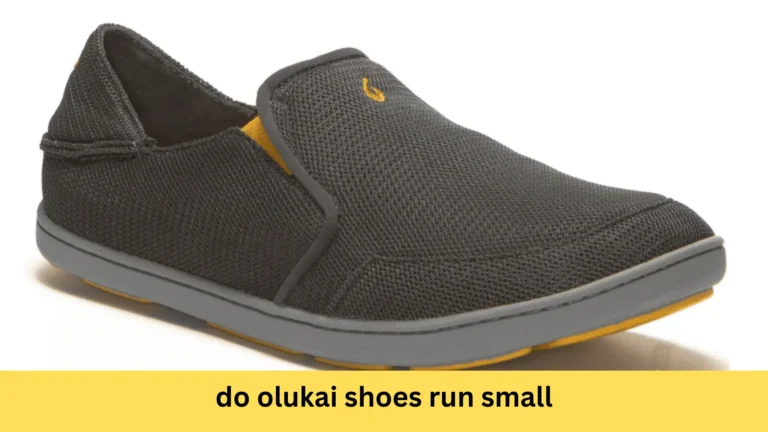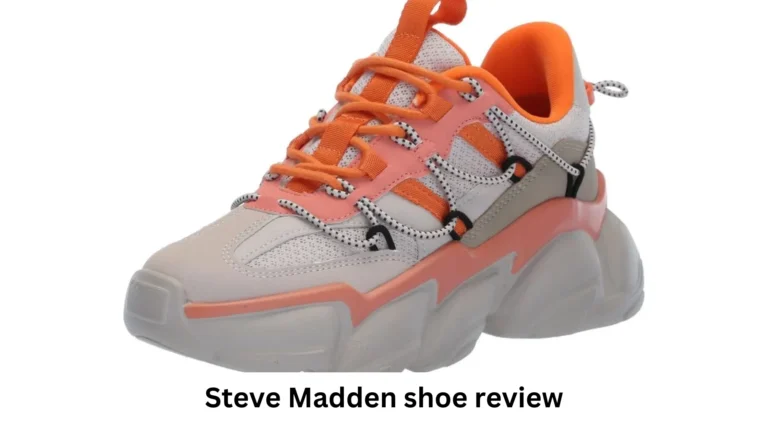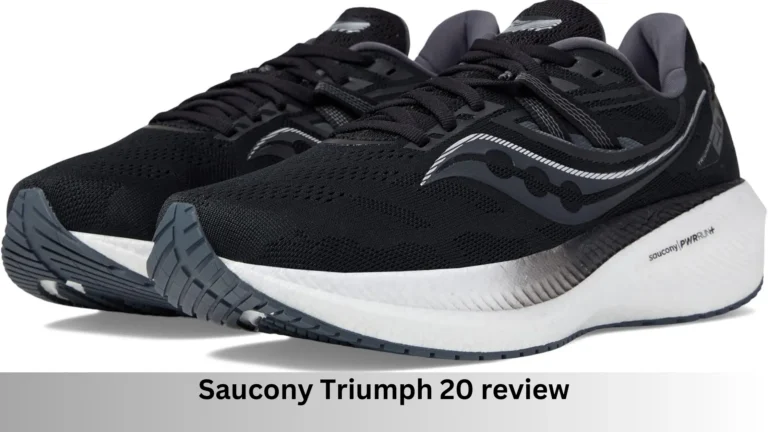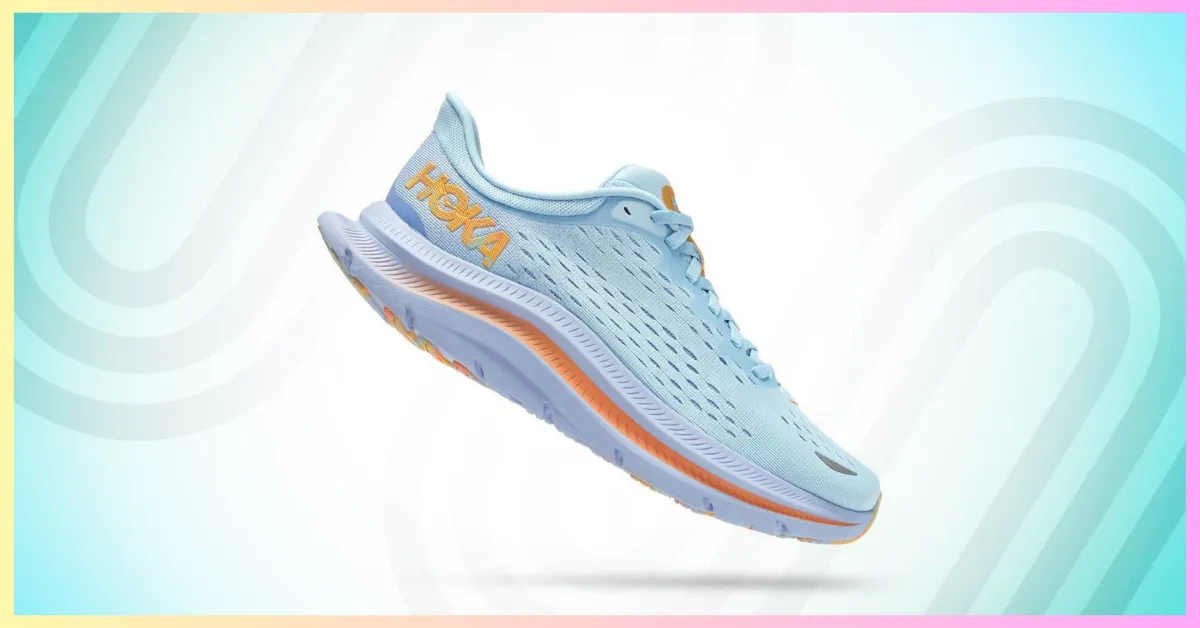
There are the cross trainers and the running shoes, which are perhaps the two most commonly available varieties. They look a great deal alike but, functionally, they have rather different purposes and give rather different kinds of support stability, and comfort. It will prevent injuries, help one perform better, and make movement just generally feel less hassle.
Here is everything you want to know about cross trainers versus running shoes in an approachable, intermediate-level style. By the end, you will be a shoe expert and know just what kind of shoe will work best for you.
Differences Between Cross Trainers and Running Shoes
Before diving into the specifics, here’s a quick overview of the main differences:
| Feature | Cross Trainers | Running Shoes |
|---|---|---|
| Primary Purpose | Multi-activity (gym, weightlifting, aerobics) | Running |
| Sole | Firmer, less flexible | More cushioned, flexible |
| Heel-to-Toe Drop | Generally lower | Higher to promote forward movement |
| Support | Lateral stability for side-to-side movement | Impact absorption for forward movement |
| Durability | Designed for varied activities | Focused on forward movement durability |
What Are Cross Trainers?
Cross trainers are the jack-of-all-trades in the world of athletic footwear. Designed to be versatile, cross trainers can be used for anything from working out in the gym and weightlifting to aerobics and light outdoor sports. They’re perfect for someone who does a little bit of everything.

Features of Cross Trainers:
Multi-Purpose Design: Cross trainers support stability when performing various exercises, such as lunges, jumps, or back-and-forth movements from side to side.
Flat and Firm Sole: Cross trainers usually have a firm, flat sole. A strong base is what helps to hold everything well, especially for squats or deadlifts.
It provides lateral support, in which a lot of side-to-side activity can be done, such as playing tennis or aerobics.
Lower Heel-to-Toe Drop: A shorter drop (the amount of difference from heel height to toe height) allows the foot to stay closer to the ground, maintaining more stability and balance.
Read Also: What Are the Main Differences Between Men’s and Women’s Running Shoes?
What Are Running Shoes?
Running shoes are specifically designed to support the feet when doing forward, repetitive motion. The running shoes are light in weight and cushioned. This absorbs impact as each step is made so that the pressure does not increase on your feet, ankles, and knees.
Features of Running Shoes:
They provide enhanced cushioning, especially at the heel section, for shock absorption and mitigation of impact.
More Heel Drop: A higher heel drop propels you forward, which is super good for running. They are less stable for side-to-side motion, so not ideal for gym exercises.
Flexibility: The running shoes are designed to have flexibility in the forefoot, allowing for a natural movement with each push-off.
Breathable Material Most running shoes are made using breathable and lightweight materials for cooling purposes and to prevent excessive weight.
Comparing Key Features: Cross Trainers vs. Running Shoes
To help illustrate the differences, here’s a breakdown of how cross trainers and running shoes stack up against each other in various categories.
| Category | Cross Trainers | Running Shoes |
|---|---|---|
| Purpose | Multipurpose (gym, sports, aerobics) | Running on tracks, roads, or trails |
| Cushioning | Moderate, firmer for stability | High cushioning for shock absorption |
| Heel Height | Generally lower | Higher, for forward momentum |
| Lateral Support | Strong lateral support for side-to-side moves | Minimal, as running is linear |
| Flexibility | Moderate, balanced | High, especially in the forefoot |
| Weight | Usually heavier | Lightweight |
| Best For | Gym workouts, aerobics, multi-sport training | Running, jogging, and sprinting |
Which Shoe is Best for Different Activities?
It can be confusing to figure out which shoe is best for which activity. Let’s break down some popular activities and determine whether a cross trainer or running shoe would be better suited.
- Running or Jogging:
- Best Choice: Running shoes
- Why?: Running shoes are specifically made for forward motion and provide cushioning to absorb the impact of each step.
- Weightlifting:
- Best Choice: Cross-trainers
- Why?: The flat, firm sole of cross trainers offers stability and a strong base for lifting.
- High-Intensity Interval Training (HIIT):
- Best Choice: Cross-trainers
- Why?: HIIT involves a mix of movement types (jumping, lateral moves), so the support of cross trainers is ideal.
- Walking:
- Best Choice: Either, but running shoes can provide more comfort for long-distance walking
- Why?: Running shoes offer cushioning for impact, while cross trainers offer a versatile option if your walk involves different terrains.
- Court Sports (e.g., Tennis):
- Best Choice: Cross-trainers
- Why?: Cross trainers support quick side-to-side movement, which is essential for court sports.
Can You Use Running Shoes for the Gym?
If you’re wondering whether it’s okay to wear running shoes in the gym, the answer depends on your workout type. Here’s a quick breakdown:
- For Cardio Machines (e.g., treadmill, elliptical): Running shoes are fine.
- For Strength Training (e.g., squats, deadlifts): Cross trainers are better because they offer a stable, flat base.
- For HIIT or CrossFit: Cross trainers are preferable due to their lateral support and stability.
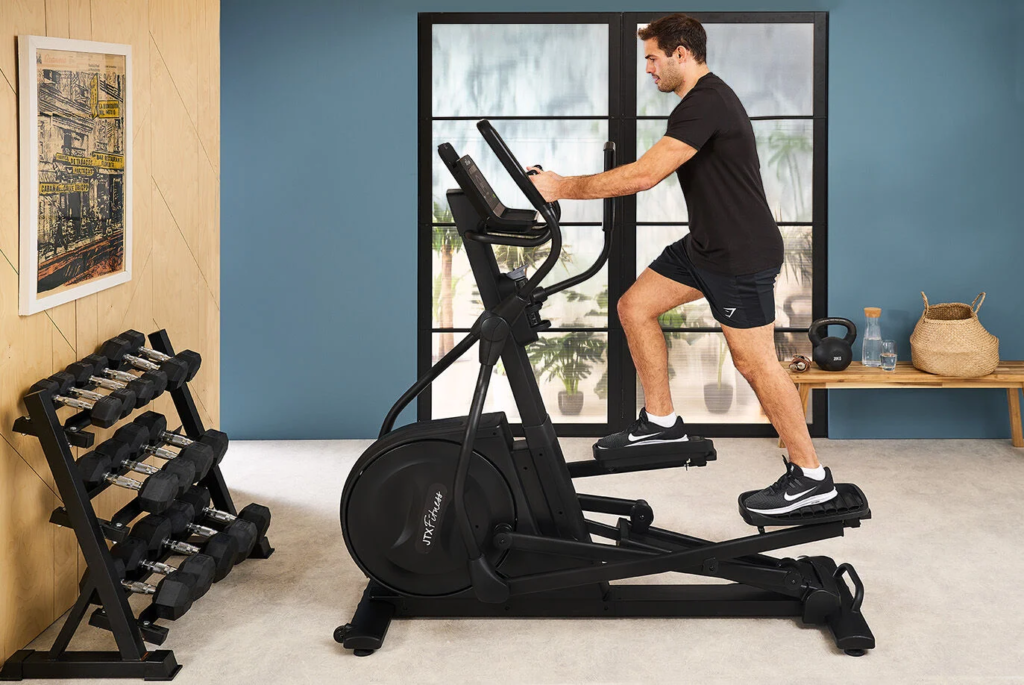
Pros and Cons of Cross Trainers
| Pros | Cons |
|---|---|
| Versatile for multiple activities | Less cushioning than running shoes |
| Provides stability for lifting | Heavier than running shoes |
| Supports lateral movement | Not as breathable for intense running |
| Suitable for court sports | Not ideal for long-distance running |
Pros and Cons of Running Shoes
| Pros | Cons |
|---|---|
| Excellent shock absorption | Less stable for side-to-side movement |
| Lightweight for faster running | Not durable for gym-based workouts |
| Breathable materials keep feet cool | Limited lateral support |
| Comfortable for longer distances | Cushioning may compress under heavy lifts |
Choosing the Right Shoe for Your Activity Level
Your activity level and exercise preferences can heavily influence which type of shoe will work best for you.
Beginners in General Fitness: If you’re new to exercise and trying different things, cross-trainers are a safe choice.
Distance races and running multiple times per week require running shoes for performance purposes but also to prevent injuries.
Multi-sport athletes who go for mixed activities, including weightlifting, HIIT, or tennis, will spend a few dollars for cross trainers due to the versatility it gives and supports.
FAQs on Cross Trainers vs. Running Shoes
1. Can I use cross trainers for running?
Cross trainers, however, will do to cover short runs, though the cushioning and the way a long run will hammer the runner’s joints have not gone into production.
2. Are running shoes bad for weightlifting?
Running shoes tend to have better cushioning and a greater heel height, which is not conducive to stability under heavy loads. If weightlifting, cross trainers will generally offer more balance support with a flat sole.
3. Which shoe type is more durable?
Both are durable in the environment they are intended for, but cross trainers tend to last longer in a gym setting, whereas running shoes are better suited for road or trail running.
4. Do I need both types of shoes?
Having both kinds of shoes if you are a regular runner and gym visitor is quite smart. These are made according to their profession, and therefore you may perform well and feel pretty comfortable if you wear the one suited to your activity in each category.
5. Can I walk in running shoes?
Yes, running shoes are quite good for walking because they provide cushioning and comfort for forward motion. If your walking is a varied activity, a cross-trainer might be a better choice.
All this depends on the activities you are going to do. If you are a serious runner, then running shoes are a must. But if you prefer a mix of workouts at the gym or enjoy sports with lateral movement, cross trainers are the way to go. You will not only perform better but also prevent injuries in the long run.
Finally, the right choice will make all the difference—your feet, your knees, and your comfort, of course.

Hello, I am Natasha Rose. I am the founder of the website Best Running Shoes. I am from California, USA. I am a professional shoe analyzer and an employee in a shoe showroom. I like to provide information about all types of shoes.


